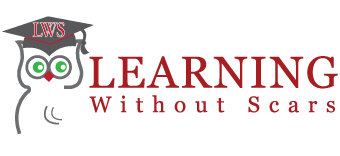In this Basic Marketing class, we explore a broadly misunderstood sector of business. It is much more than mailings, promotions, and tradeshows. It is all of the aspects involved in influencing the customer to purchase your products or services.
Marketing is the science of choosing target markets through the use of market analysis and segmentation. This class exposes all aspects of marketing: Relationship Marketing, Business Marketing, Social Marketing and Internal Marketing. In Relationship Marketing, we focus on suppliers and customers, and the goal is to build loyalty. The Business Marketing is all aspects of the traditional marketing functions: advertising, promotion and communications. Social Marketing looks at everything that impacts society. For instance, the impact on the environment from the use of clean engine technology. Internal Marketing, is the broad communications to all employees of everything that we are doing in the business.
This program covers all the basics of marketing: from the four P’s to the more current addition of SIVA. We expose you to everything involved in basic marketing theory today. Without creating the environment where your product or service is understood, you make the job of selling much more difficult. This program aims to provide you with the tools to use to make selling more successful.
